Adductor Rehabilitation – 3D Adductor Stretch
Read on to find out how the smallest of changes can work wonders in your practice.
Adductor Stretch
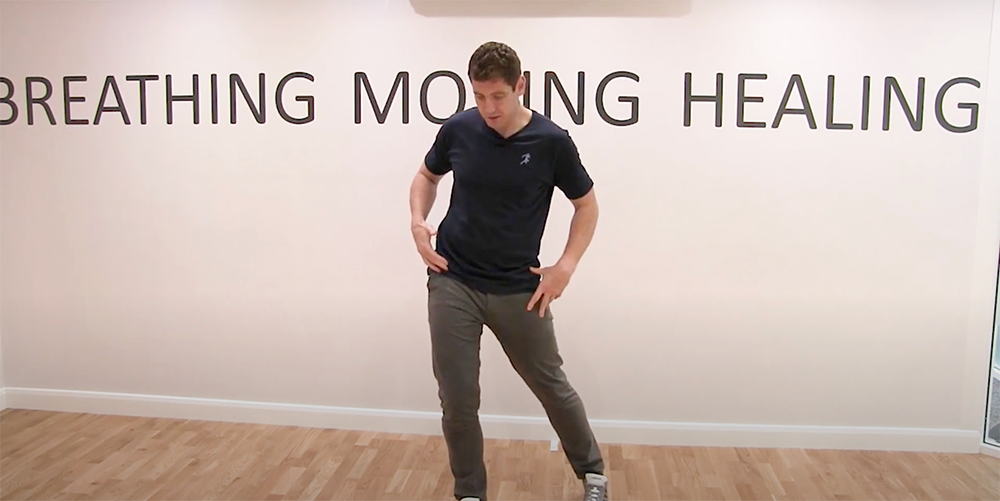
Physiotherapy adductor stretch
If you allow the big toe to lift off the floor then you get an internal rotation of the femur. If you keep the little toe pushed down it will give you an external rotation of the knee and the adductor. If you do want an internal rotation then you can let the little toe off the floor.
One way you can lengthen the adductor and decrease protective tone is by using the hands. As you go into the adductor stretch reach the hand out to the side and back. This will lengthen the adductor tissues more in the transverse plane.
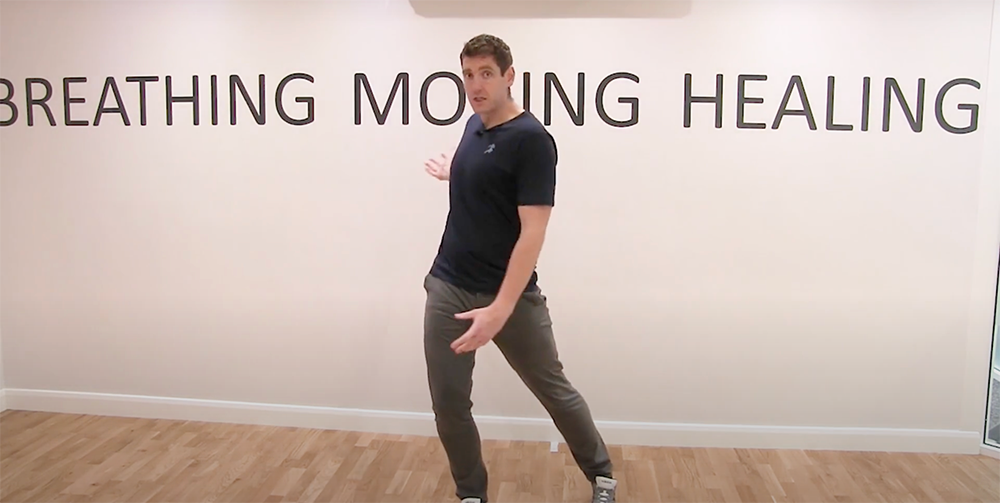
Lengthening adductors in the transverse plane
If you need more hip extension in the sagittal plane, you can plant the other foot slightly forward and go back into the stretch with one arm out to the back.
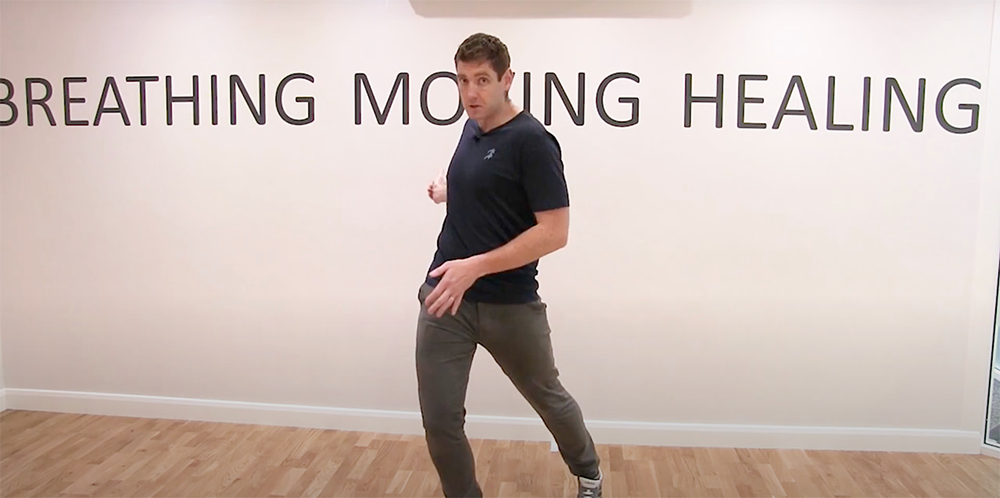
Transverse Plane Adductor Stretch Incorporating Hip Extension in Sagittal Plane
Similarly, if you want to drive it more on the frontal plane you can bring the arm up and over your head as shown below.
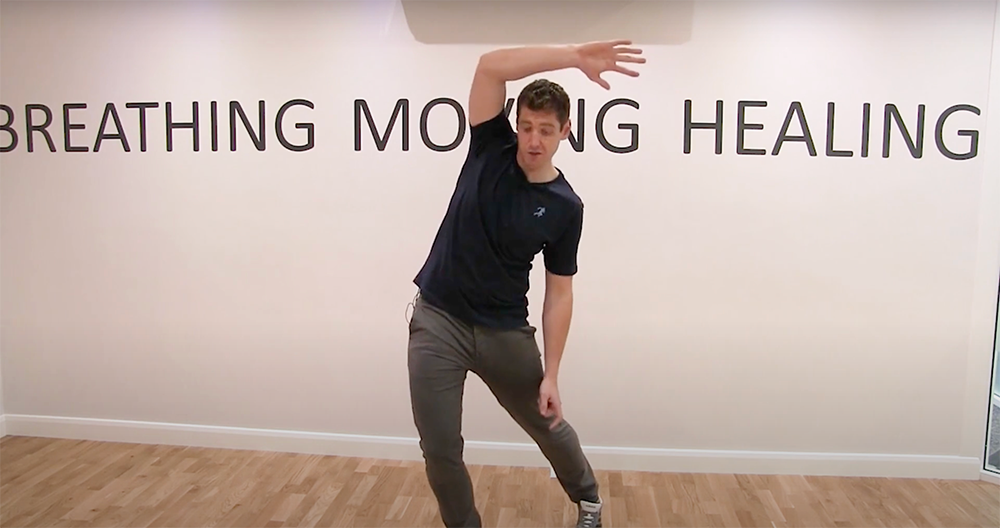
Combine the two positions to work more on the transverse and sagittal planes.
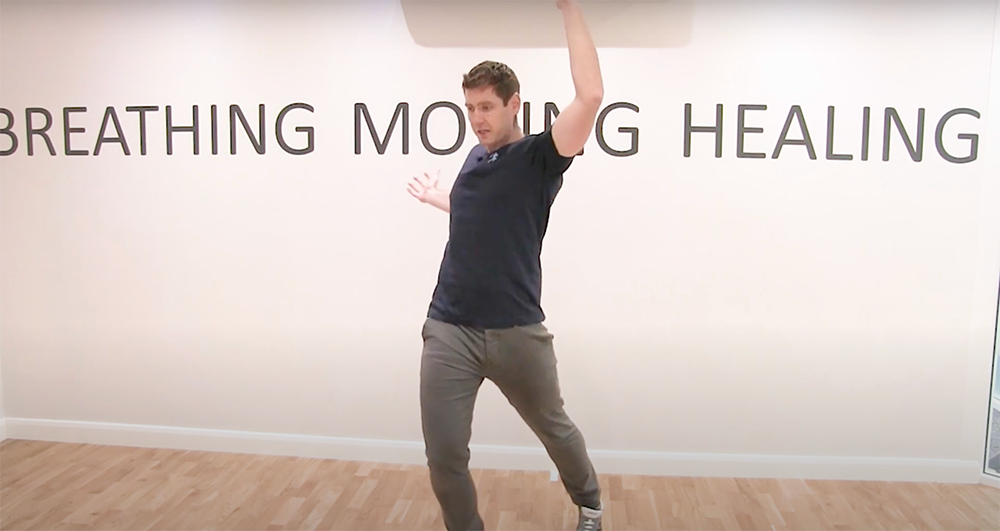
These small tweaks to the classic adductor stretch can be incredibly powerful whether you use them in a rehab program or with an athlete before they go out on the training ground. But there are other ways to lengthen these tissues.
The Power of Breath
In go-to mentorship I talk about the power of breath and the diaphragm and the pelvic floor. If you are doing these adductor exercises you need to make sure the athlete is breathing. You don’t want any breath holding, you want a non-threatening stimulus. As you inhale and reach the arm around you are encouraging the brain to recognise that the movement is safe and that the tissues can lengthen.
With every rehab exercise you need your athletes nervous system to feel safe. Ask yourself, does their nervous system feel the exercise is a threat or have you given it enough reassurance to ensure what you’re doing will have a positive impact?
For more information on groin injuries and other powerful exercises click here.

